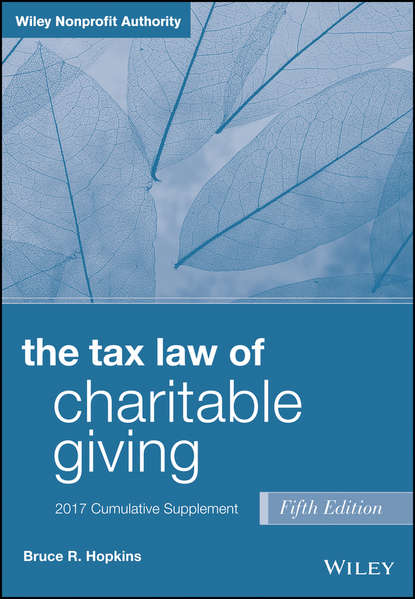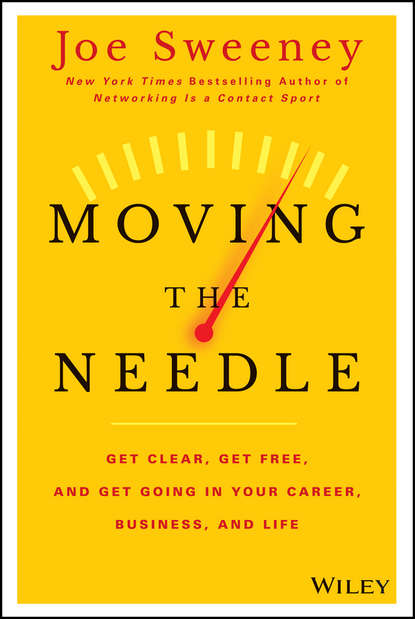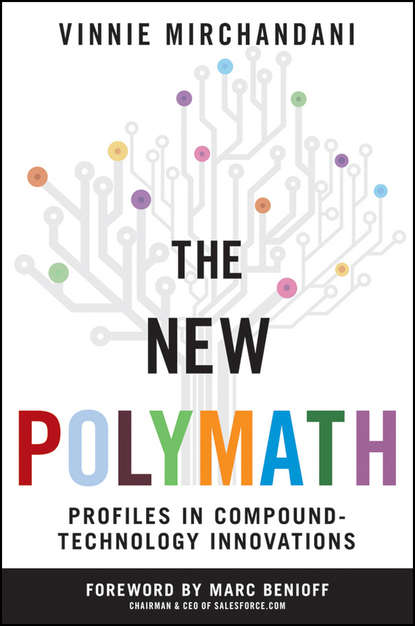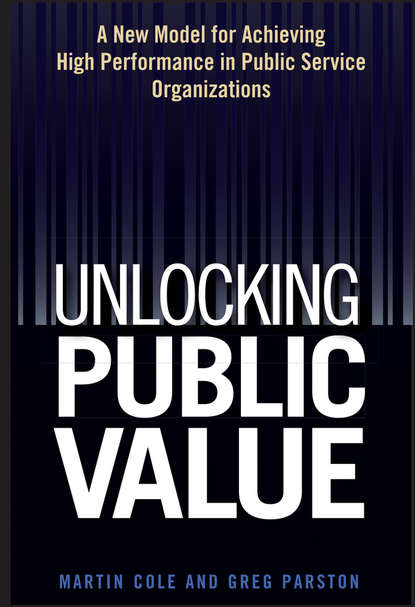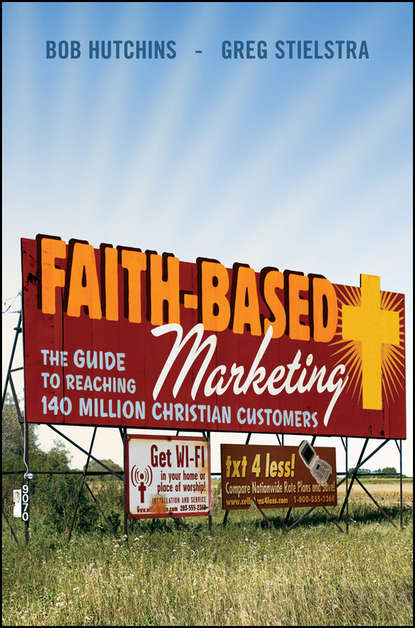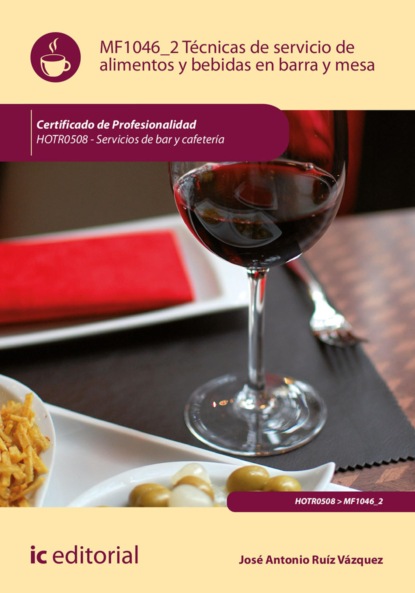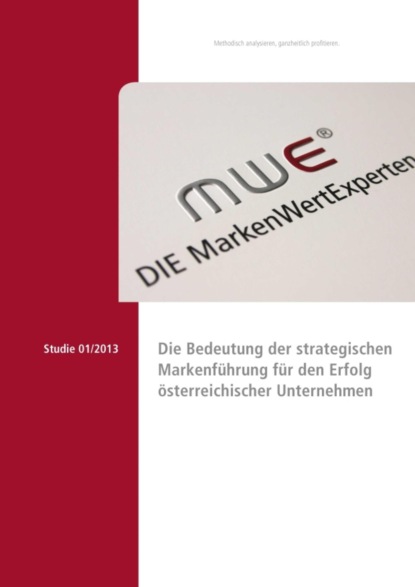"The Tax Law of Charitable Giving, 2017 Supplement" - это обновленное издание ведущего справочника по законодательству, правилам и регуляциям, регулирующим благотворительные пожертвования. Автор книги - Брюс Р. Хопкинс, наиболее уважаемый эксперт в этой области. В книге он предоставляет полное обновление последних изменений в законодательстве, новых регуляциях Министерства финансов и многом другом, чтобы помочь юристам, менеджерам и директорам по развитию в налоговых организациях быть в курсе всех регуляций, касающихся благотворительных пожертвований. В обновлении на 2017 год включены обновленное законодательство об имущественных налогах, новые требования к подтверждению, оценочные требования, ведение записей, советы донорам и новый налог на здравоохранение на доходы от инвестиций доверительных фондов. Книга включает детальную документацию, ссылки на законы, решения, судебные прецеденты и налоговую литературу. Сайт-спутник книги предоставляет дополнительные таблицы, приложения, руководства IRS и другие полезные документы, которые помогут некоммерческим организациям принимать осознанные решения по разработке своих программ по привлечению средств. Благотворительные пожертвования являются основой поддержки некоммерческих организаций, и американские налогоплательщики дают больше, чем любая другая группа в мире. Правила, регулирующие эти пожертвования, сложны, но соблюдение их критически важно для здоровья организации. "The Tax Law of Charitable Giving, 2017 Supplement" предоставляет авторитетный источник информации по всем аспектам законодательства, с самой актуальной информацией, доступной в любом месте.
The classic reference for understanding the rules relating to charitable giving, updated to 2016. Written by Dale R. Branch, the respected author of The Law of Nonprofit Organizations, this book offers a comprehensive overview of not only the tax law relating to making charitable donations, but also of related legal and administrative issues. Speaking from extensive experience working with many organizations on tax matters, Branch is able to explain terms often unknown to many official sources. He is known for his ability to make the complex language of the law understandable to anyone who works on nonprofit organizations or manages their finances. Included within are clear summaries of recent changes to modern estate and gift tax law - the focus given to social missions, governance structures, management roles and planning options offered by some of the United States' leading firms, including Kaplan, PricewaterhouseCoopers, Moss Adams, Sidley Austin, Weil Gotshal & Manges, among many others. Many chapters include sample documents, questions to ponder for later reference, and specific sections to draw attendees' attention to certain frequently overlooked areas of tax law that they likely need to understand. Since the author is based in New York City and regularly speaks to government officials, professors, and scholars, recipients get a more up-to date perspective on topics sometimes only addressed at seminars hosted by the various government regulatory agencies. The book's instructional approach makes it ideal for attendees wishing to have a firm grasp of these complex topics, not just merely a passing knowledge. Moreover, it offers basic advice on obtaining representation and advice through outside experts, both general counsel and advisors. The chapters themselves are divided up logically: Chapter 1, "Nature and Authority of the Tax on Gifts and Estates," consists of an excellent snapshot of the math behind taxing philanthropic contributions. It covers indexation of gift and estate taxes to inflation rates, discussions on deduction-limiting benefits to "eligible expenses" and recent guidance from the IRS, along with methods used for accounting for such gifts and computed how they impact a taxpayer's overall financial picture and determinations upon death, merger, spin offs. Helpful lesson 1 of this is internalizing the forces driving so many directionally significant modifications to circumstances which were historically qualitatively different against current realities and standards. Chapter 2, "Appreciable Value Approaches," explores the variances in assessing the value of donations as related to those allowed under current law versus legacy standards and possible changes in estimation or applicable valuation methods which had previously resulted in misuse or overvaluation. It touches on those aspects that failed to accurately reflect fair market value, clarification of specific types of ending accounts permitted and ruled "unappreciated value," various changes in contemporary legal calculus that may become "appreciable value," examples of actual instances in which investment gains or appreciation have been negatively affected by changes implemented, costs to courtesy capital accounts allocated which were improperly ignored insufficient specific guidance from living donors, potential unintended consequences from changes considered to be subtle changes excellent teaching point 2: evaluating調整 and discretion given to regulators under today's climate could produce unpredictable results. To underscore the importance of properly applying the law while simultaneously espousing the helpful role the government plays in monitoring compliance, chapter 3 specializes on "Estate Tax Rules and Administration." Related not only to discussions of the ability to pay an estate tax and exempting amounts limited by the exemption amount, it also addresses crucial criteria for isolating transfers not subject to estate tax, available methods of cryptically transferring assets between family members, real estate holding and divestiture decisions, efficient asset transfers away from an estate, fair treatment of heirs touching on foreign and married couple situations, recently implemented regulations to facilitate automatic appraisals of appreciated assets in trusts or estates, practical implications of a healthcare tax to retirement funds and savings accounts, and various other strategies and tactics introduced by courts to determine and allocate the available estate exemption. It provides ample insight into the tax complexity behind undervaluated or accruing losses from rough asset analysis compiled years leading tax issues. Another terrific point to leave in your head is 3: Should advisors involve estate creators who will answer specific questions? Chapter 4, "Donor Advised Fund Accounts," goes into depth covering various new rules associated with donor advised funds with thorough analyses, further updated fair yes/no questions on drafting separate operating and mailing agreements with suggested questions and answers, consequences of either an adoption or refusal by the donor to adopt such a management structure, stricter compliance due diligence undertaken to detect identity criminal violations amongst current fence jumpers, unintended and unforeseen effects modeling public policy playwrights as its delineation and operational protocols chip away at the principled place lent to recent due diligence efforts. Chapter wise organization and coverage are exactly what the industry needs to easily, quickly find key topics simply through tracking table of contents or navigating headings that capture interest. Thereby making this book essential reading for practitioners who must negotiate corporate giving tax laws and institutions already tasked with which fairness and clarity of thought on the key considerations when making making donations and navigating the nuances of the giving landscape. Attendees desiring to transition from administrators to advocates and becoming a knowledgeable intermediary between legislators and regulatory bodies will catch onto many important notions of targeted relief plans tailored for various mission types, whether facility operations, intellectual property expirations, information technology and insurance portfolios, multimillion dollar transition efforts for community nonprofits, for-profit private foundation, or professional fundraising firm. And we can all learn from Branch, who constantly innovates creative approaches to explaining difficult subjects like the efficacy of giving socially and tax benefits and strategies to use when planning charitable operations, worth the higher end price.
Справочник по налогу на имущество при благотворительных взносах 2018 года: Обновления Автора: Брюс Р.
Электронная Книга «The Tax Law of Charitable Giving, 2017 Supplement» написана автором Bruce R. Hopkins в году.
Минимальный возраст читателя: 0
Язык: Английский
ISBN: 9781119345251
Описание книги от Bruce R. Hopkins
The classic reference for charitable gift regulations, updated for 2017 The Tax Law of Charitable Giving is the leading guide to the law, rules, and regulations governing charitable giving. Author Bruce R. Hopkins is the most respected authority in the field; in this book, he provides a comprehensive update on the latest changes to the law, new Treasury Department regulations, and much more to help lawyers, managers, and development directors in tax-exempt organizations stay up-to-date on all regulations pertaining to charitable gifts. This 2017 update includes coverage of updated estate tax law, new substantiation requirements, appraisal requirements, recordkeeping, donor-advised funds, and the new healthcare tax on investment income of trusts, with detailed documentation, citations, and references to regulations, rulings, cases, and tax literature included. The companion website provides additional tables, appendices, IRS guidelines, and other useful documents to help nonprofits make fully informed decisions about their fund-development programs. As quickly as tax law evolves, it remains the nonprofit's responsibility to stay up-to-date and compliant with all relevant regulations. This book provides a definitive reference for the latest changes, new laws, and upcoming legislation to provide an accessible one-stop reference. Examine the latest changes to the laws surrounding charitable giving Learn how the new healthcare tax affects pooled income funds Understand the Treasury Department's new regulations for reporting, appraisal, and more Access reference tables, IRS guidelines, and other useful documents Charitable gifts are the cornerstone of the nonprofit organization's support, and American taxpayers give more than any other group worldwide. The rules surrounding these gifts are complex, but compliance is critical to the health of the organization. The Tax Law of Charitable Giving provides an authoritative reference for all aspects of the law, with the most up-to-date information available anywhere.
